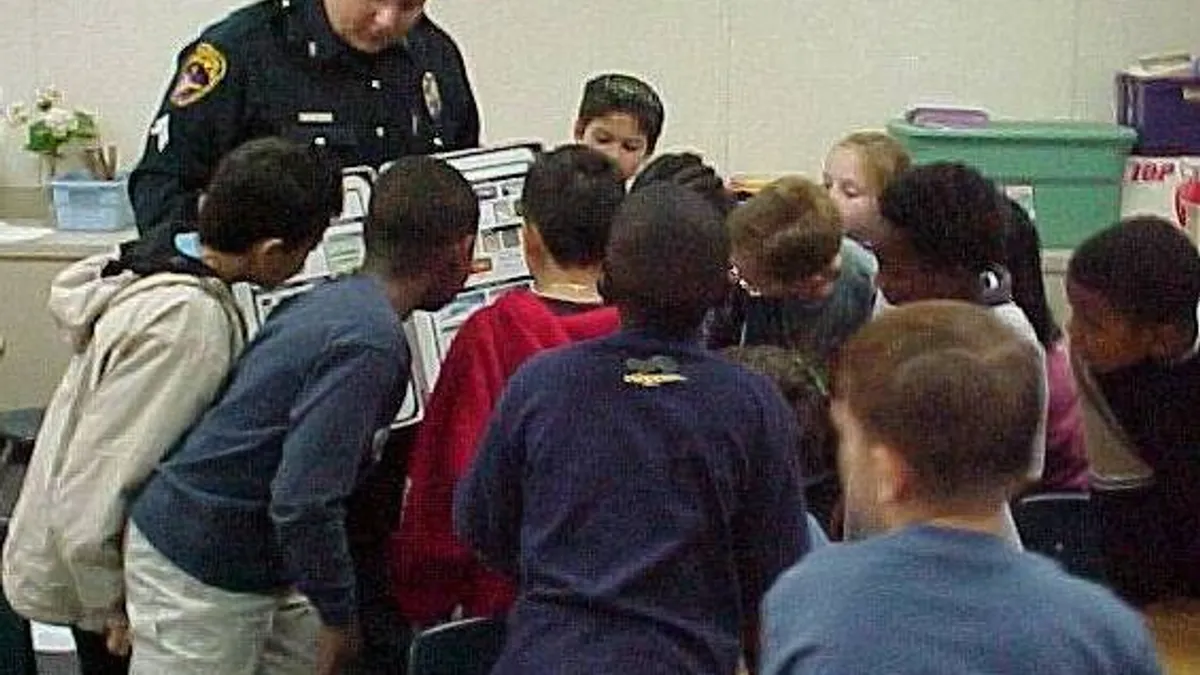Dive Brief:
-
A new emergency planning guide jointly released by the U.S. Departments of Education, Justice, Homeland Security, and Health and Human Services — all of which were involved in the Federal Commission on School Safety — aims to help school districts create customized emergency response plans to "prevent, mitigate against, respond to, and recover from emergency situations," Acting Secretary of Homeland Security Kevin K. McAleenan said in a press release.
-
Titled "The Role of Districts in Developing High-Quality School Emergency Operations Plans," the planning guide instructs districts to coordinate with schools and community partners to make emergency operations plans (EOPs) and to lay out planning parameters for each school in the district, noting that it is districts’ responsibility to support school officials in the planning process.
-
The guide instructs districts to make sure the plans include all types of hazards, from natural disasters to gun violence, and includes a checklist of actionable items that include developing a fact sheet on possible threats as well as training staff on the emergency plan.
Dive Insight:
This guide is further follow-through on the Federal Commission on School Safety's last year and recognizes that a one-size-fits-all approach can't be applied across every district in the nationwide.
In December 2018, the commission also issued 100 policy recommendations aimed at protecting students at school. Among them were that states should provide funds for schools to create positive cultures and work to prevent cyber-bullying. Additionally, it was suggested that some schools should allow certain staff members to carry weapons at school — especially in rural districts, where emergency response times may be long.
The uptick in school shootings has also prompted calls for stricter gun control, but the issue is stuck in partisan gridlock. Meanwhile, laws about firearms at school vary from state to state. In 21 states, school security officers can be armed. In 19 states, anyone — including students — can carry firearms at school with school permission.
Some districts are arming school resource officers with more than just guns — they are training the officers in the virtues of social-emotional support. In these districts, the school officers are bonding with students rather than just disciplining them. The intention is to prevent problems and school violence before it occurs.












